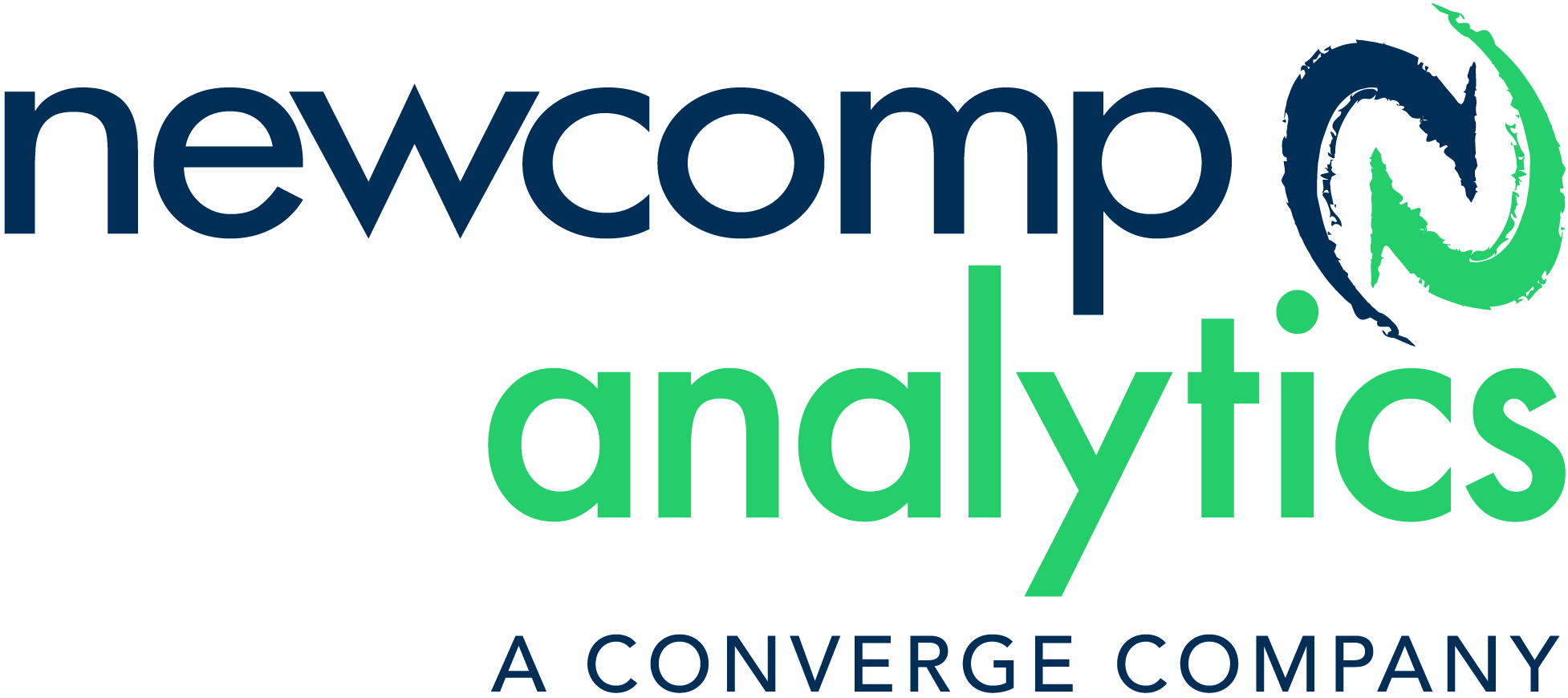A Beginner’s Guide - Hiring a Data Engineer for Your Business
What You Need to Know about Data Modernization
The Best Data Architecture Modernization Tips for Financial Services
Posted Aug 31, 2022
In Business Analytics, Business Intelligence, Data Science, General, Performance Management
In an era of big data and digital transformation, financial services firms are under pressure to modernize their data architectures. This is no easy task, as many legacy systems are not designed to support the scale and complexity of today’s data workloads.
However, there are best practices that can help financial services firms navigate this process successfully. In this article, we will discuss some of the key considerations for data architecture modernization in financial services.
-
Identify Data Accessibility Gaps
The first step in data architecture modernization is to identify gaps in data accessibility. As mentioned, many financial services firms have legacy systems that cannot handle complex and gigantic data workloads. As a result, data is often siloed and difficult to access.
To address this issue, financial services firms need to identify which data is most important and make sure it is accessible to the right people. This may require investing in new technologies, such as data lakes and data warehouses, making data more accessible.
It is also important to consider how data will be used in the future and make sure it is structured to support future applications. For example, data that is currently used for reporting may need to be restructured for predictive analytics.
-
Define New Data Architecture Requirements
Once gaps in data accessibility have been identified, financial services firms need to define their requirements for new data architecture. This will require a deep understanding of the firm’s business goals and how data can be used to support those goals.
For example, if the goal is to improve customer experience, the data architecture should be designed to support customer segmentation and personalized recommendations. If the goal is to reduce fraud, the data architecture should be designed to support real-time fraud detection and prevention.
It is also important to consider the technical requirements of the new data architecture. For example, the architecture should be able to support the magnitude and intricacies of the data workloads. It should also be able to integrate with existing systems and data sources.
Finally, the data architecture should be designed for flexibility so that it can be easily modified as the needs of the business change.
-
Eliminate Fraud with Real-Time Data
Real-time data is essential for fraud prevention. Financial institutions that have real-time data can quickly identify and investigate any suspicious activity.
Real-time data can also help firms prevent money laundering and terrorist financing. By identifying and investigating suspicious transactions in real time, firms can prevent these activities from happening in the first place.
-
Implement the New Data Architecture
Once the new data architecture requirements have been defined, financial services firms need to implement them. While this will require a significant investment in new technologies and infrastructure, the benefits of data architecture modernization will allow firms to compete more effectively in the digital economy.
Reap the Benefits of a Modern Data Architecture
Financial services firms with a modern data architecture will be able to take advantage of big data and analytics to gain insights into their customers’ behavior. They will also use these insights to improve their products and services and better target their marketing efforts.
In addition, a modern data architecture will allow firms to improve their operational efficiency and meet regulatory requirements better.
The Bottomline
It is clear that data architecture modernization is a necessary process for financial services companies to keep up with the changing times. While there is no one-size-fits-all solution, some best practices should be followed to ensure a successful modernization process.
Work on your data architecture modernization today with Newcomp Analytics. We will help you tap into your data through leading strategies paired with our development expertise. Get started now.


